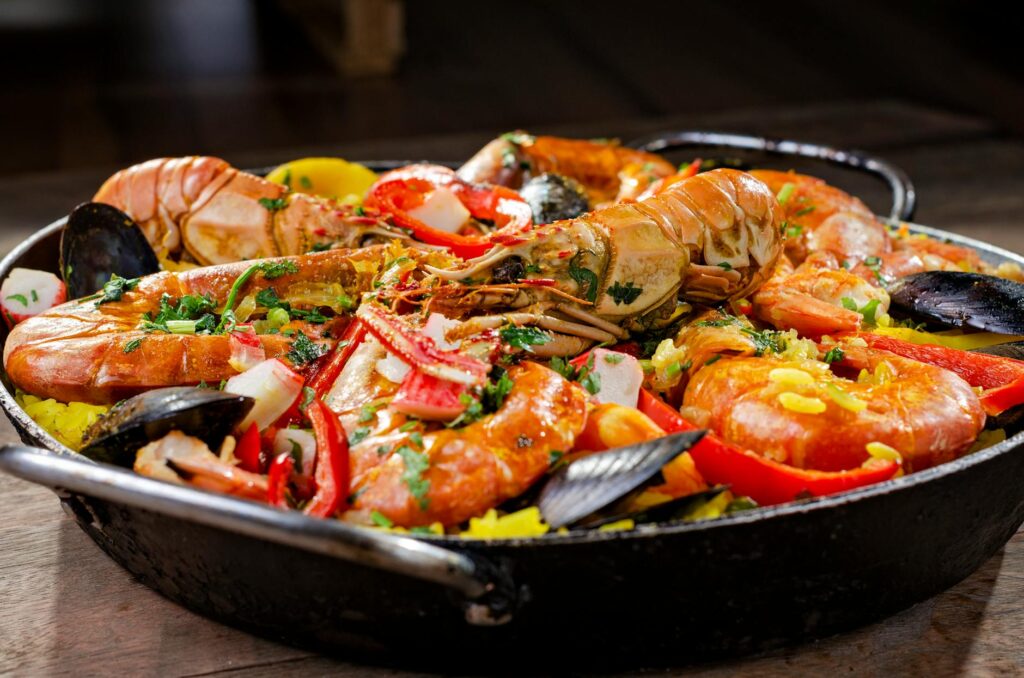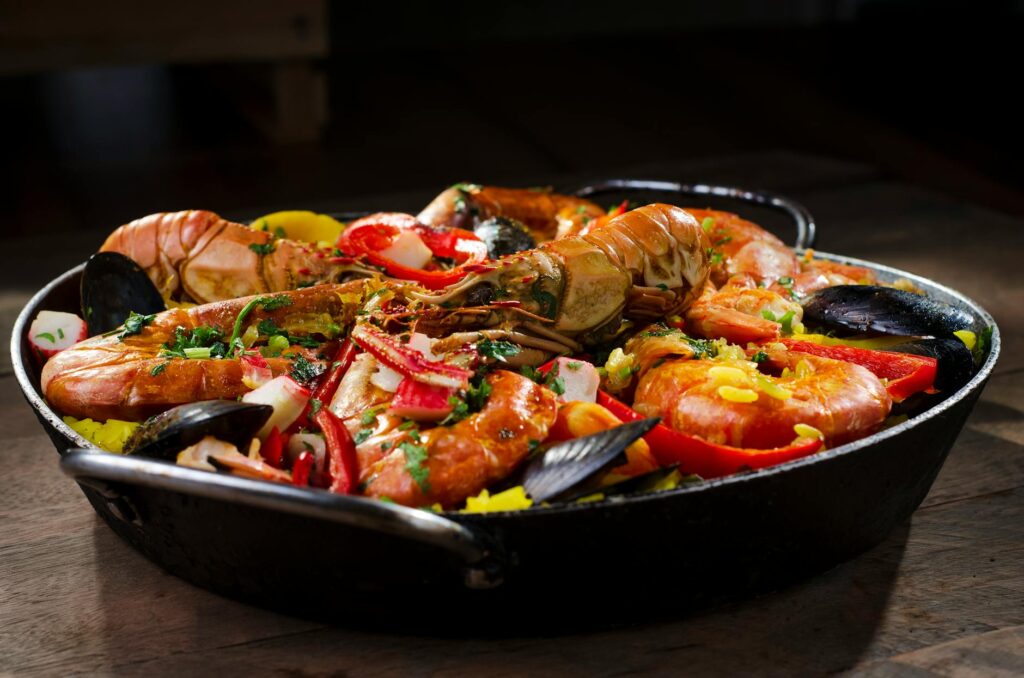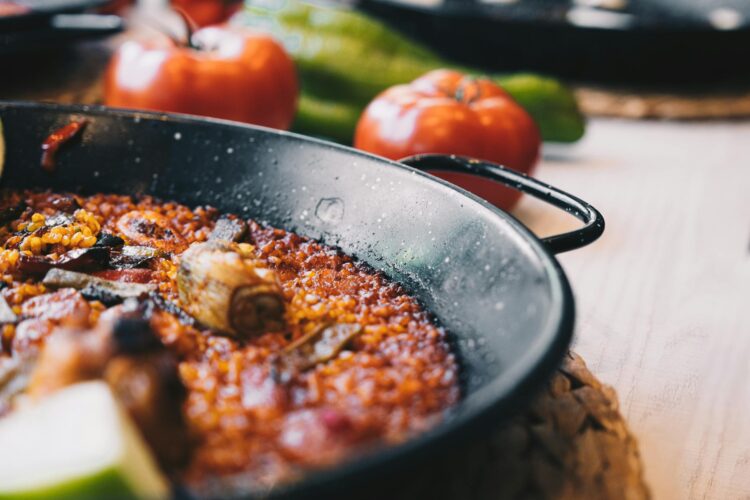Paella, the iconic Spanish rice dish, is a culinary masterpiece that tantalizes the taste buds with its vibrant flavors and colors. This seemingly simple dish is a testament to the art of combining fresh ingredients to create a symphony of textures and tastes.
A Dish for Every Occasion
From humble beginnings as a peasant meal, paella has evolved into a dish served at celebratory feasts and family gatherings. Its versatility allows for countless variations, catering to diverse preferences. This adaptability is part of what makes paella so beloved, and it’s why you’ll find a unique version in nearly every region of Spain. 
The Key Ingredient: Saffron
The heart and soul of paella lies in its vibrant yellow hue, a gift from saffron, the most expensive spice in the world. This precious thread-like spice lends not only color but a distinct earthy and slightly bitter flavor that elevates the entire dish. Learn more about the importance of saffron in paella.
Seafood Sensations
Many traditional paella recipes showcase a glorious array of seafood. From succulent prawns and mussels to tender squid and clams, the possibilities are endless. The seafood adds a briny freshness that contrasts beautifully with the rich saffron rice. 
The Meats of Paella
While seafood takes center stage in many paellas, the inclusion of meats adds another layer of complexity. Chicken, rabbit, and chorizo are common additions, providing a hearty and savory element that complements the seafood. Explore different meat combinations for your paella.
Rice Matters: Choosing the Right Grain
Not all rice is created equal when it comes to paella. Short-grain rice, such as Bomba or Calasparra rice, is essential. These varieties absorb the liquid beautifully, resulting in a perfectly textured dish. Using the wrong type of rice can significantly impact the final result. Discover the best rice for paella.
The Art of the Paella Pan
The traditional paella pan, a wide, shallow pan, is crucial for achieving the perfect paella. Its large surface area ensures even cooking and browning of the ingredients. The pan also contributes to the distinctive socarrat, a slightly crispy layer of rice at the bottom – a true mark of a perfectly cooked paella. 
A Step-by-Step Guide
Making paella might seem daunting, but with a well-structured recipe and careful attention to detail, you can achieve delicious results. You can find many online resources and cookbooks to guide you. Don’t hesitate to experiment and discover your own perfect paella recipe.
Conclusion
Paella is more than just a dish; it’s an experience. It is a celebration of Spanish culinary heritage and a testament to the creativity and passion of its cooks. Whether you’re a seasoned chef or a kitchen novice, embarking on the paella journey is a rewarding culinary adventure. Watch a video tutorial here.
Frequently Asked Questions
What type of rice is best for paella? Short-grain rice like Bomba or Calasparra rice is ideal for its ability to absorb liquid and create the perfect texture.
Can I make paella without seafood? Absolutely! Paella can be made with just meats, vegetables, or a combination of both.
How do I achieve the socarrat? Low and slow cooking over medium-low heat is key to achieving that crispy bottom layer of rice.
Is it difficult to make paella? With the right recipe and technique, making paella can be surprisingly straightforward, even for beginners.
Can I prepare paella ahead of time? It’s best to cook paella just before serving to ensure the rice is perfectly cooked and the ingredients are at their freshest.
